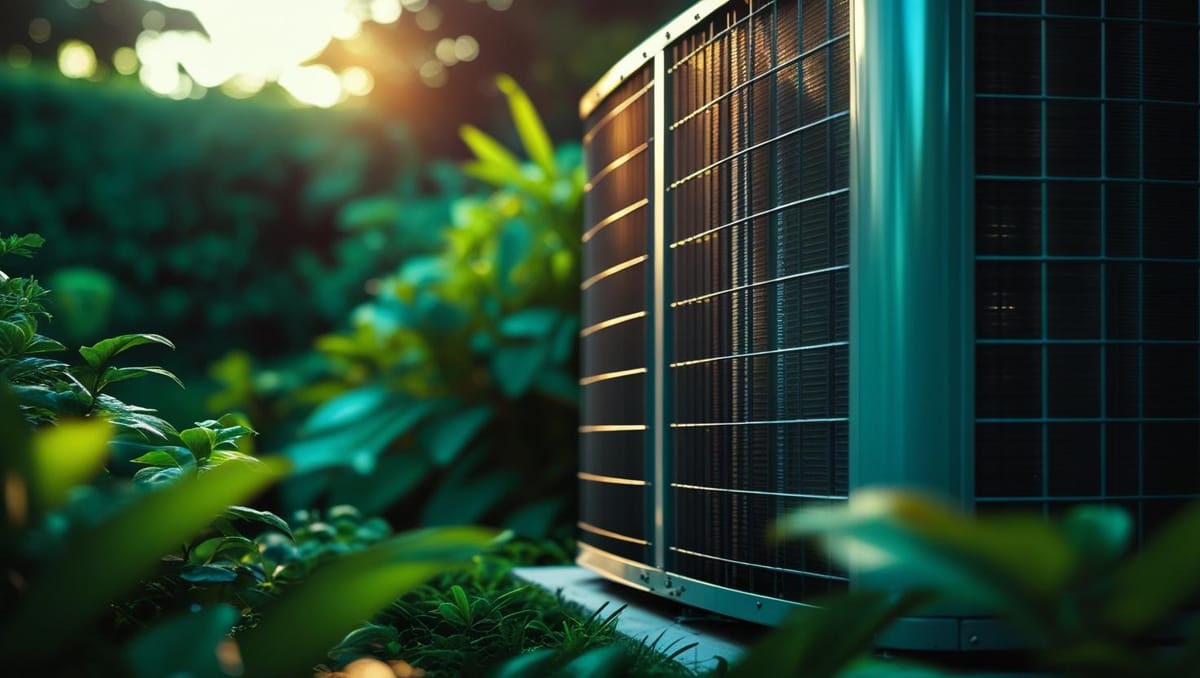HVAC Maintenance Tips Every Bay Area Property Owner Should Know

A reliable HVAC system keeps your property comfortable and your energy costs predictable. Whether you’re managing a home in Oakland, running a business in San Jose, or maintaining a rental in Berkeley, regular heating and cooling maintenance is key.
This guide outlines practical HVAC upkeep strategies for both residential and commercial properties across the Bay Area.
Why HVAC Maintenance Matters
Heating and cooling systems don’t last forever. Dust builds up. Filters clog. Motors wear out. Without regular maintenance, performance drops and problems start to build.
Benefits of routine HVAC maintenance:
- Better indoor air quality
- Lower utility bills
- Fewer surprise repairs
- Extended system lifespan
- More consistent temperature control
If you want to avoid emergencies and high repair costs, schedule regular service with an experienced provider. Bay Area clients often turn to Diamond Flame Mechanical, Inc. for long-term maintenance solutions.
Monthly Maintenance for Property Owners
You don’t need to be a technician to stay ahead of common HVAC problems. These monthly tasks help reduce wear and catch small issues early.
To-do list:
- Replace or clean air filters
- Clear debris around outdoor condenser units
- Check for moisture or leaks around air handlers
- Test thermostats for accuracy
- Listen for unusual noises from vents or units
For businesses or large homes, assign these tasks to your facility manager or maintenance staff.
Seasonal HVAC Tasks
Each season brings different demands. Plan ahead to reduce stress on your system and improve efficiency.
Spring
- Schedule a tune-up for your AC system
- Clean condenser coils
- Check refrigerant levels
- Inspect ductwork for visible leaks
- Test your thermostat settings
Summer
- Monitor indoor humidity levels
- Adjust thermostat programs for cooling efficiency
- Make sure your air filters are clean
- Check airflow from each vent
Fall
- Service your furnace or heat pump
- Inspect the heat exchanger for cracks
- Check and calibrate carbon monoxide detectors
- Clear leaves or debris from intake and exhaust vents
Winter
- Run your system at least weekly, even on mild days
- Keep supply and return vents unblocked by furniture
- Insulate exposed ductwork or refrigerant lines
- Address unusual sounds or inconsistent heating quickly
If your property spans multiple units or buildings, coordinate inspections with a provider like Diamond Flame Mechanical, Inc. to streamline seasonal prep.
Signs Your HVAC System Needs Professional Attention
Even well-maintained systems show signs of trouble from time to time. Don’t wait until your system fails during a heatwave or cold snap.
Common warning signs:
- Short cycling (frequent on-off cycles)
- Rising energy bills without increased usage
- Hot or cold spots in different rooms
- Strange smells from vents
- Visible water pooling or mold near air handlers
A qualified technician will diagnose the problem and recommend the right repair or upgrade. Working with a Diamond Certified provider like Diamond Flame Mechanical, Inc. gives you access to detailed reports and responsive service.
Tips for Improving Efficiency and Reducing Costs
HVAC systems account for a large portion of residential and commercial energy use. A few simple changes can reduce operating costs without sacrificing comfort.
Efficiency tips:
- Upgrade to a programmable or smart thermostat
- Seal leaks in ductwork and around windows or doors
- Install ceiling fans to improve air circulation
- Keep vents and returns clean and unobstructed
- Use zoning systems for large buildings or multi-use spaces
Older systems often struggle to meet demand. If your unit is more than 15 years old, consider replacement options during your next service call.
HVAC Maintenance Plans: Are They Worth It?
Many Bay Area HVAC companies offer service plans or maintenance agreements. These programs bundle routine service, discounts, and priority scheduling into a single package.
What to look for:
- Two seasonal visits per year (spring and fall)
- Filter replacement or cleaning
- Full system inspection and safety check
- Emergency repair priority
- Transparent terms and no long-term contracts
If you own or manage multiple properties, these plans help keep all your units on the same schedule.
Special Considerations for Commercial Clients
Businesses have different HVAC needs than homes. Office buildings, restaurants, and retail spaces require more cooling power and ventilation. Commercial systems often run longer hours and need more frequent servicing.
Tips for commercial HVAC upkeep:
- Keep a service log for each unit
- Monitor usage and performance through your BMS (Building Management System)
- Train staff to report HVAC concerns early
- Schedule filter changes more often if you have high foot traffic
- Use qualified commercial HVAC providers who understand local regulations and permit processes
Many Bay Area companies rely on experts like Diamond Flame Mechanical, Inc. to maintain complex commercial systems and minimize downtime.
When to Replace Instead of Repair
Eventually, every HVAC system needs replacement. Even with perfect maintenance, the components wear out.
Signs it’s time to upgrade:
- Frequent breakdowns
- Replacement parts are hard to find
- System is over 15 years old
- Repair costs exceed 30% of replacement cost
- Heating or cooling bills keep rising despite maintenance
A professional contractor will help you compare replacement options, evaluate efficiency ratings, and plan installation with minimal disruption to your household or business.
Final Thoughts
Keeping your HVAC system in good condition doesn’t require major effort. It requires consistency, attention to detail, and help from qualified professionals.
Whether you own a single-family home in San Mateo or manage a commercial property in Fremont, regular HVAC care reduces stress, extends system life, and keeps energy costs under control.



